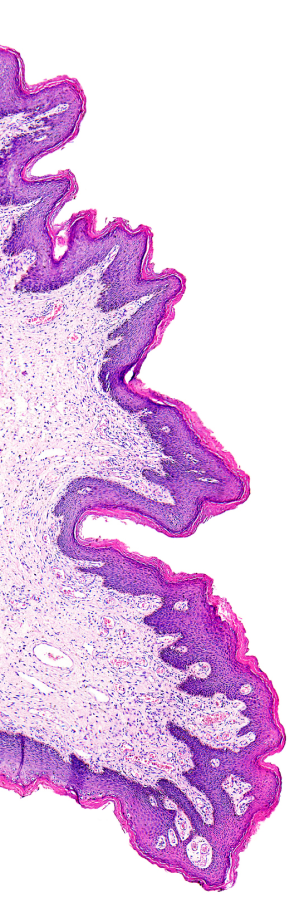

Pathology’s Digital Revolution: A Practical Guide to Systems Integration

Integrating digital pathology systems isn’t just about plugging in new equipment or software—it’s about making sure everything in the lab works seamlessly together, from slide scanners and image viewers to the core laboratory information systems (LIS or APLIS) that manage patient data and reports. When these pieces connect smoothly, it benefits not just the lab staff but also—most importantly—the patients.
What Does Integration Really Mean?
At its heart, digital pathology systems integration is about breaking down silos. The goal is to link digital imaging platforms, analysis tools (like AI for pathology), and day-to-day patient management systems, so information flows easily and accurately between them. When done right, this creates efficient, interoperable workflows that save time, reduce errors, and support better diagnoses.
How Do These Systems Work Together?
- The digital pathology system is where images are captured, stored, and managed.
- The LIS or APLIS handles all the essential patient and case data, orders, and ensures reports are complete.
- System tools—including image analysis and AI—add another layer of insight and automation.
- Hardware like slide scanners and monitors ties it all together.
There are a few main ways to connect these systems:
- Dual System Metadata Sharing: Here, the LIS and pathology software share basic info (like barcodes and case IDs) to help users find the right images. This method keeps the two systems mostly separate but lets them exchange essential details.
- APLIS-Integrated Pathology: The LIS is more tightly connected and can launch the digital slide viewer directly. This means pathologists can access slides, annotations, and analysis results without jumping between different apps.
- Vendor-Neutral Integration: Using standards like DICOM, these setups allow for sharing images and data across different brands and throughout the hospital, so collaboration between pathology, radiology, and more is possible
Why Go through the Trouble?
Seamless integration helps in several big ways:
- Better efficiency: No more retyping or matching up data manually—everything links automatically, speeding up turnaround times and cutting down on mistakes.
- Remote collaboration: Experts can review cases from anywhere, which is great for consultations or second opinions without waiting for physical slides to travel.
- Accuracy and analysis tools: With AI and advanced image analysis at their fingertips, pathologists can make more precise and confident diagnoses.
- Centralized data: Having all information in one place means better security, easier access, and improved tracking of cases and quality control.
What Are the Common Roadblocks?
- Data standardization: Different systems might use different formats or naming conventions, making it hard to sync everything.
- Integration complexity: Sometimes, custom-built middleware or APIs are needed to bridge the gap—this can get technical and resource-intensive.
- Regulatory compliance: Keeping patient data secure and privacy-compliant is always a top priority.
How to Succeed With Integration
- Assess your infrastructure: Start by understanding your current setup, workflows, and security needs.
- Plan with intent: Design an integration roadmap that addresses your lab’s specific requirements.
- Adopt open standards: Using common formats like DICOM and HL7 makes it easier to add new systems or switch vendors in the future.
- Collaborate continually: Keep everyone involved—IT, lab staff, and vendors—talking and aligned all the way through planning and implementation.
Bringing digital pathology and LIS/APLIS together is about more than technology—it's about creating a smarter, more responsive lab environment. Successful integration empowers pathologists and teams to deliver the best possible care with greater confidence and efficiency.
